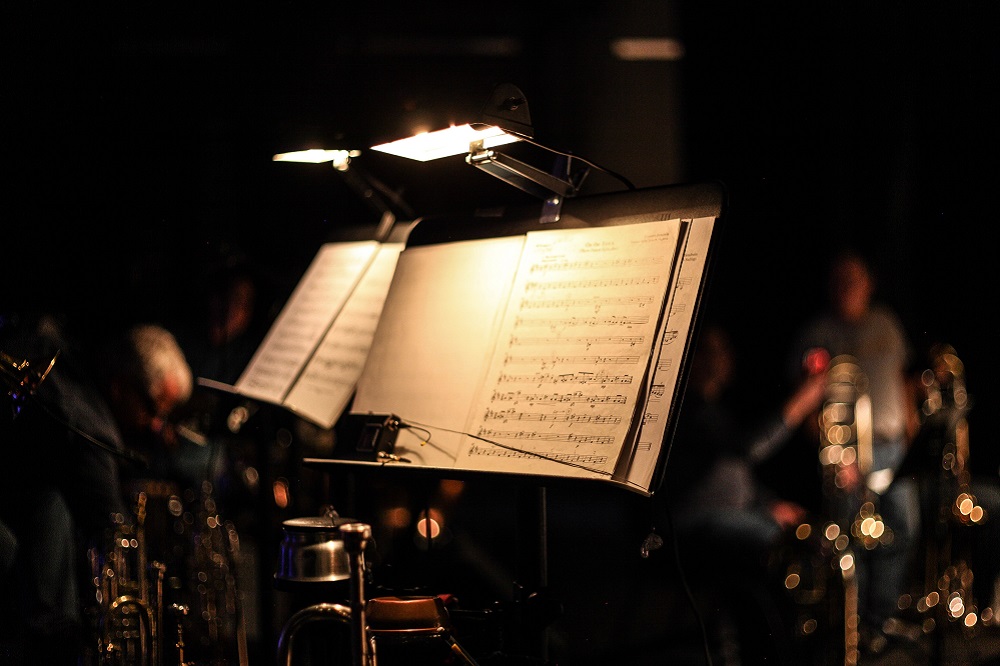Review: Welsh National Opera Orchestra, St David’s Hall, Cardiff

Peter Collins
Strange, the things that can distract one at a concert. Coughing and the rustling of sweet wrappers are the usual annoyances, while whispered comments about the excellence or otherwise of the soloist as he or she is playing can also irritate.
At this concert many in the large audience were clearly distracted by a giggling and clapping child who could be heard at intervals throughout the orchestra’s playing of one of the six Liszt-like symphonic poems that make up Smetana’s Ma Vlast.
The piece, called From Bohemia’s Woods and Fields, opened the concert and was played with feeling and descriptive charm by the orchestra under the expressive baton of its music director, Tomas Hanus.
Unlike the bombast of some of the other pieces in Ma Vlast, this one has a freshness of spirit which Hanus explored with sympathy and understanding.
It received a squeaky “Bravo” from the excitable child at the end.
One passing distraction for me was a chap sitting not far away with rips in both knees of his trousers. I suspect he had not fallen over but was following the peculiar fashion trend favoured by many young people these days.
I remain baffled as to why some people pay often significant amounts of money for trousers that have been deliberately damaged. I suppose it is what American composer Samuel Barber might call The Unanswered Question.
Anyway, there this chap sat, knobbly knees exposed, waiting excitedly for the appearance of Scottish pianist Steven Osborne, who was to play Shostakovich’s second piano concerto.
Mr Osborne strode on stage sporting a perfectly sensible and intact pair of trousers to give a performance that was to be rewarded with shouts of “Bravo” from several adult members of the audience.
Banter
The opening of the first movement lacked the attack and bite it needs, but soloist and orchestra quickly warmed to the task and played with a generous and welcoming expressiveness. The banter between piano and orchestra, driven by Mr Osborne, was well controlled as the pianist weaved in and out of the orchestral texture.
The much-loved second movement is marked Andante, or “walking pace.” Mr Osborne must be a leisurely walker because he took this movement slowly and deliberately. There was a chamber music approach to the movement by orchestra and soloist who avoided playing it with too much B-movie sentimentality.
The transition from the hushed tones of the ending of the Andante to the liveliness of the final movement was deftly handled. The change from bleakness to a world of fun and frivolity saw an animated Mr Osborne revelling in the nuances of the music, displaying a lightness of touch and an appreciation of the slapstick elements that drive the movement to a raucous conclusion.
The day is fast approaching when we shall see a pianist with rips in his trousers performing at this excellent concert hall. He’ll be the pianist equivalent of the violinist once known as “Kennedy.” Of course, Nigel Kennedy is one of the best violinists of his or perhaps any other generation, no matter how he chooses to dress.
Paramount
The music is paramount, which is why orchestral concerts by the WNO Orchestra are always among the highlights of any season. First under Lothar Koenigs and now with Tomas Hanus at the helm, these fine musicians are always first and foremost at the service of the music.
Beethoven was not noted for his careful grooming or elegant dress sense.
Quite the opposite. Any rips in his trousers would have been evidence of his total disregard for such matters, rather than a fashion statement.
His approach to composing was, however, much more disciplined and attentive. This is amply demonstrated in his ground-breaking third symphony, Eroica, which took up the second half of this concert and was the highlight of the afternoon.
Hanus told the audience that the symphony was particularly relevant today, expressing hope over despair and the indomitable human spirit.
Of course, history also reminds us of the dangers of slavishly following leaders who turn out to be autocrats.
There are mountainous heights and unfathomable depths to this sympathy.
Hanus and his orchestra sometimes struggled to climb the mountain but got there in the end. The depths, particularly in the second movement, a funeral march which reminds us of the terrible cost of war, were explored with intelligence and sensibility.
On the whole, this was a powerful and vibrant account of a majestic work which is as relevant today as when it was written, and will be for ages to come..
Support our Nation today
For the price of a cup of coffee a month you can help us create an independent, not-for-profit, national news service for the people of Wales, by the people of Wales.





Unusual to comment on my own review, but before anyone else points it out it was Charles Ives who wrote The Unanswered Question, not Samuel Barber. Mea culpa!